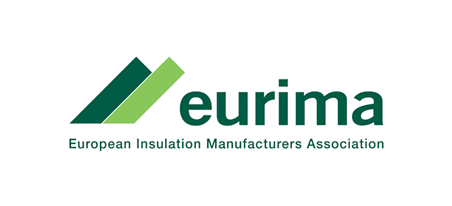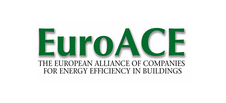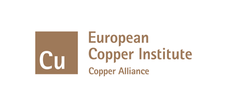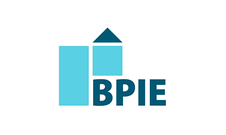Search eceee proceedings
Energy labelling for the digital age: presenting a possible solution and consumer reactions
Panel: 9. Consumption and behaviour
This is a peer-reviewed paper.
Authors:
Elisabeth Dütschke, Fraunhofer ISI, Germany
Uta Schneider, Fraunhofer ISI, Germany
Johanna Kardel, Verbraucherzentrale Bundesverband, Germany
Margarita Puente, Escan
Katie Searle
David Cattermole, Solstice Associates Ltd.
Abstract
It is widely accepted that informed consumers make better purchasing decisions. This principle is applied through the European energy label to promote more energy-efficient appliances. The energy label has been quite a success story, with over 80% of consumers recognising it. Many consumers also indicate that they understand the energy label and use it for their purchase decisions.
Despite the positive results, data show that the absolute energy consumption in households have increased in recent years and that despite improvements in overall product efficiency, absolute power consumption of some products has increased. Compounding this problem, studies have shown that consumers do not understand all elements of the various energy labels. Thus, better media are needed to improve communication and positively influence these important consumer choices. Digital labelling tools are one of the best solutions for overcoming these problems.
This paper presents research into the consumer perceptions of a digital energy label as an add-on to the EU energy label. Besides offering more information, one major advantage of the digital concept is that it’s designed as a point of sale tool. Thus consumers would be able to access relevant information during the actual purchase decision.
The paper presents the objectives, methodology and detailed findings of spontaneous consumer reactions to this digital concept at two consumer focus groups conducted in Germany and Spain with 22 participants many of whom had recently bought an appliance. The workshops included questionnaires and group discussions, as well as an outline concept of the digital tool. Outputs were transcribed and analysed using qualitative and statistical methods. Findings are then applied to develop the digital tool to better inform consumers in the context of a purchase decision as this work was conducted under the DigiLabel project, aiming at ensuring a better informed decision and more energy-efficient outcome.
Downloads
Download this presentation as pdf: 9-324-17_Duetschke_display.pdf
Download this paper as pdf: 9-324-17_Duetschke.pdf
Panels of
1. Foundations of future energy policy
2. Policy: governance, design, implementation and evaluation challenges
4. Mobility, transport, and smart and sustainable cities
5. Buildings and construction technologies and systems
6. Buildings policies, directives and programmes
7. Appliances, products, lighting and ICT
8. Monitoring and evaluation: building confidence and enhancing practices























